Once Sargassum deluges beaches, removing, disposing and repurposing the seaweed presents many logistical and economic challenges. Cleaning up these huge piles of annoying seaweed while protecting these critical habitats at the same time is a precarious struggle.
Tag: Harmful Algal Blooms
Previously Overlooked Algae Toxin Widespread in Southern Indian River Lagoon
Pseudo-nitzschia spp., an algae that produces the neurotoxin domoic acid, can bioaccumulate within food webs causing harm to humans and animals. A molecular study of Florida’s Indian River Lagoon shows this algae was present in 87 percent of the water samples collected. All isolates showed toxicity, and domoic acid was found in 47 percent of surface water samples. As a nursery for many organisms that supports a high amount of biodiversity, the presence of domoic acid could negatively impact the lagoon system.
FAU Developed AUTOHOLO Shows Potential as Red Tide Warning System
Current methods to monitor red tide are limited. Using AUTOHOLO, a new autonomous, submersible, 3D holographic microscope and imaging system, a study is the first to characterize red tide in the field and breaks new ground for monitoring harmful algal blooms.
Ocean Observing in the Gulf of Mexico: The GCOOS Spring Webinar Series
The GCOOS Spring Webinar Series 2023 features an overview of GCOOS-supported ocean observing activities in the Gulf of Mexico.
Toxins from Harmful Algae Found in Bull Sharks of Florida’s Indian River Lagoon
The Indian River Lagoon (IRL) is a bull shark nursery habitat crucial to survival and recruitment of Atlantic coast bull sharks. Analysis of 123 samples found the presence of one or more phycotoxin from harmful algal blooms in 82 percent of the bull sharks and their prey items. Findings highlight the potential threat of toxic algae to the IRL’s ecosystem and surrounding human populations that may consume the same prey species. The highest concentrations of most toxins were detected in gut content samples, highlighting dietary exposure as an important mechanism of toxin transfer to bull sharks in the system.
FAU Seeks Participants for Study on Health Effects of Harmful Algal Blooms
With another grant from the Florida Department of Health, FAU researchers will continue a first-of-its-kind evaluation of both the short-term and potential long-term health effects of harmful algal blooms among Florida residents.
Water Quality Woes in Southwest Florida Linked to Seeping Septic Systems
From fecal bacteria to blue-green algae to red tides, Southwest Florida’s water quality has declined as its population has increased. Multiple lines of evidence from a multi-year microbial source tracking study points to septic systems as a contributing source for this decline. The study is one of few to connect downstream harmful algal blooms with nutrient loading from upstream septic systems. These water quality issues are caused by aging septic systems installed in high densities in areas with shallow water tables. Septic systems may actually be sitting in groundwater during certain times of the year, which means that they cannot function properly.
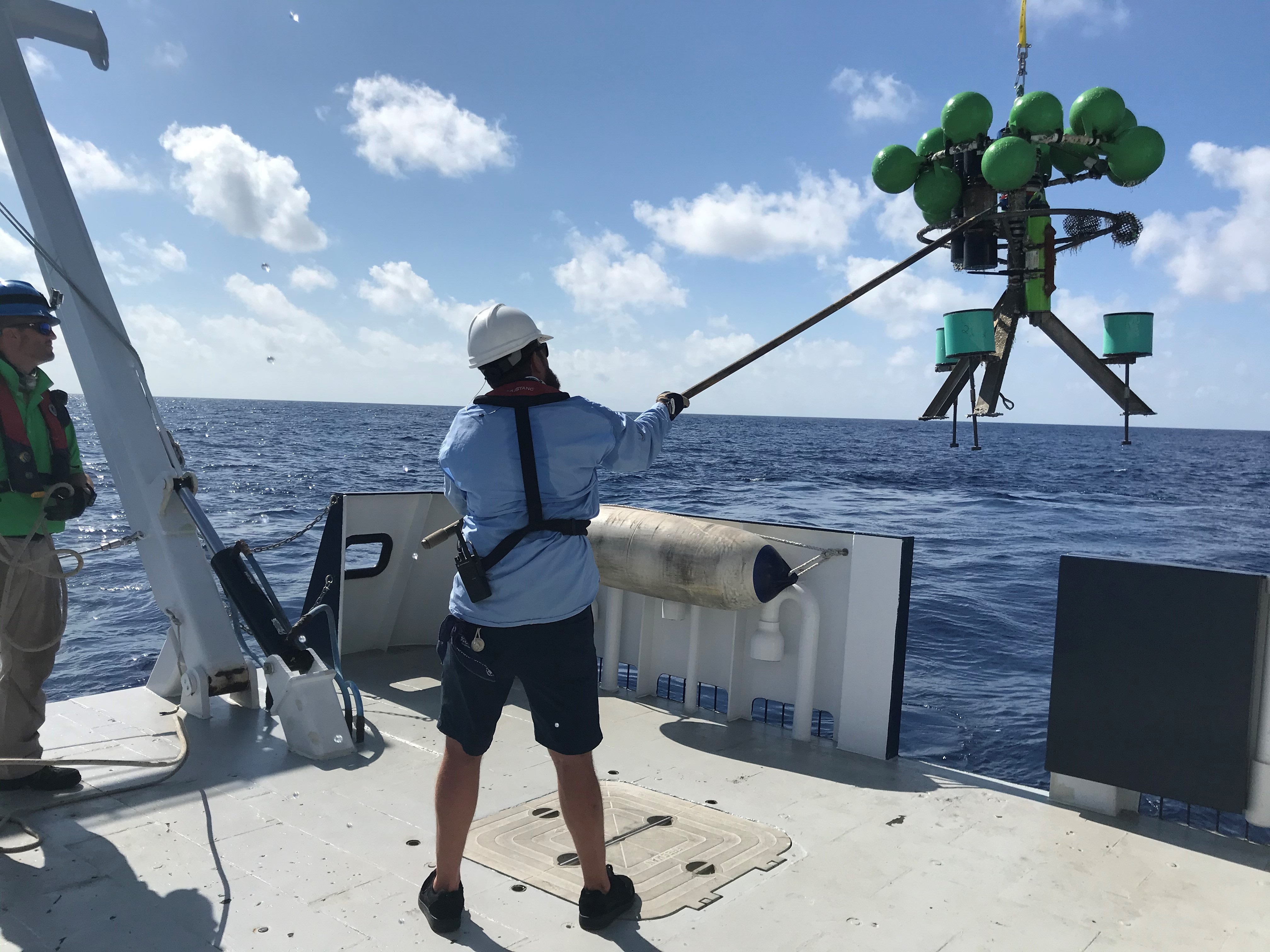
New Tool Will Assess Water Discharge Impacts from Florida’s Everglades
An innovative tool will holistically examine and diagnose key processes with numerical simulations and experiments and predict changes in responses to water management, ecological restoration and climate change. It is designed to provide a suite of environmental and ecological information on the state of the greater Florida Bay ecosystem as well as potential future changes. Importantly, this model could potentially predict underwater aquatic vegetation coverage, harmful algal blooms, and fisheries resources under climate change and/or Comprehensive Everglades Restoration Program management scenarios.
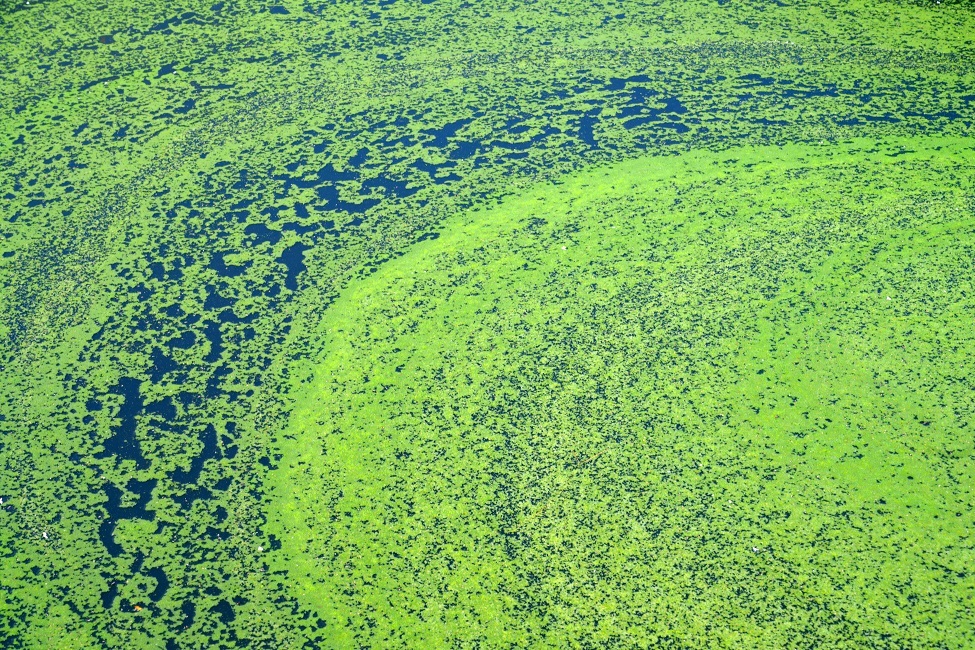
Free Online Video Series Open to the Public ‘Understanding Harmful Algal Blooms in Florida’
The free online series of short videos are designed to provide basic, jargon-free scientific information on harmful algal blooms: what they are; where they live and grow; and causes, impacts, and potential mitigation of blooms. The series is directed toward resource managers and decision-makers as well as the general public.
Surge in Nitrogen Has Turned Sargassum into the World’s Largest Harmful Algal Bloom
Scientists have discovered dramatic changes in the chemistry and composition of Sargassum, floating brown seaweed, transforming this vibrant living organism into a toxic “dead zone.” Results suggest that increased nitrogen availability from natural and anthropogenic sources, including sewage, is supporting blooms of Sargassum and turning a critical nursery habitat into harmful algal blooms with catastrophic impacts on coastal ecosystems, economies, and human health. Globally, harmful algal blooms are related to increased nutrient pollution.
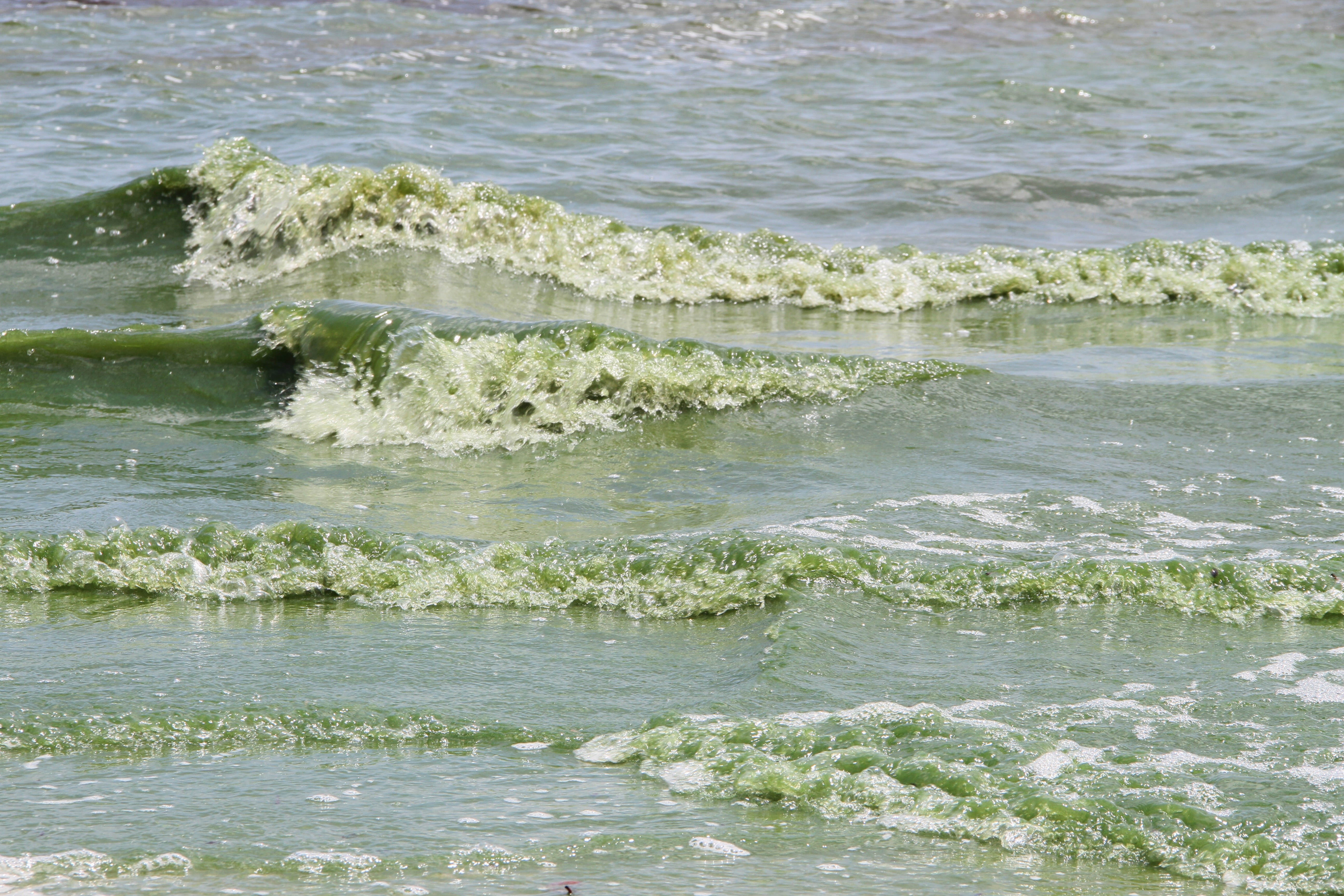
FAU Receives Florida Department of Health Grant to Study Health Effects of Harmful Algal Blooms
Despite many occurrences of red tide and blue green algae in Florida waters, the understanding of the health effects of exposure to these blooms is limited. Researchers will evaluate short- and long-term health effects of exposure to harmful algal blooms (HABS) in Florida to capture key areas of human exposure and a wide demographic population profile. They also will evaluate the potential effect of exposure to COVID-19 on susceptibility to HABs and health outcomes in this study population.
FAU Awarded $2.2 Million to Monitor Harmful Algal Blooms in Lake Okeechobee
Researchers are developing a comprehensive sensing and information visualization package that will augment Florida’s existing monitoring programs for Lake Okeechobee, the second largest lake within the contiguous U.S. It will expand water, sediment, and biological measurements using innovative harmful algal bloom detection and environmental characterization technologies to allow pinpointing problem areas prior to or early on when harmful algal blooms are emerging in Lake Okeechobee. These harmful blooms are annual occurrences due to favorable environmental conditions.
BGSU’s Davis named to global steering committee for harmful algal blooms
Dr. Timothy Davis, the Patrick L. & Debra (Scheetz) Ryan Endowed Professor at BGSU, was one of nine international researchers recently named to the Scientific Steering Committee (SSC) for GlobalHAB, an international program that is jointly sponsored by the Scientific Committee on Oceanic Research (SCOR) and Intergovernmental Oceanographic Commission (IOC) of UNESCO.
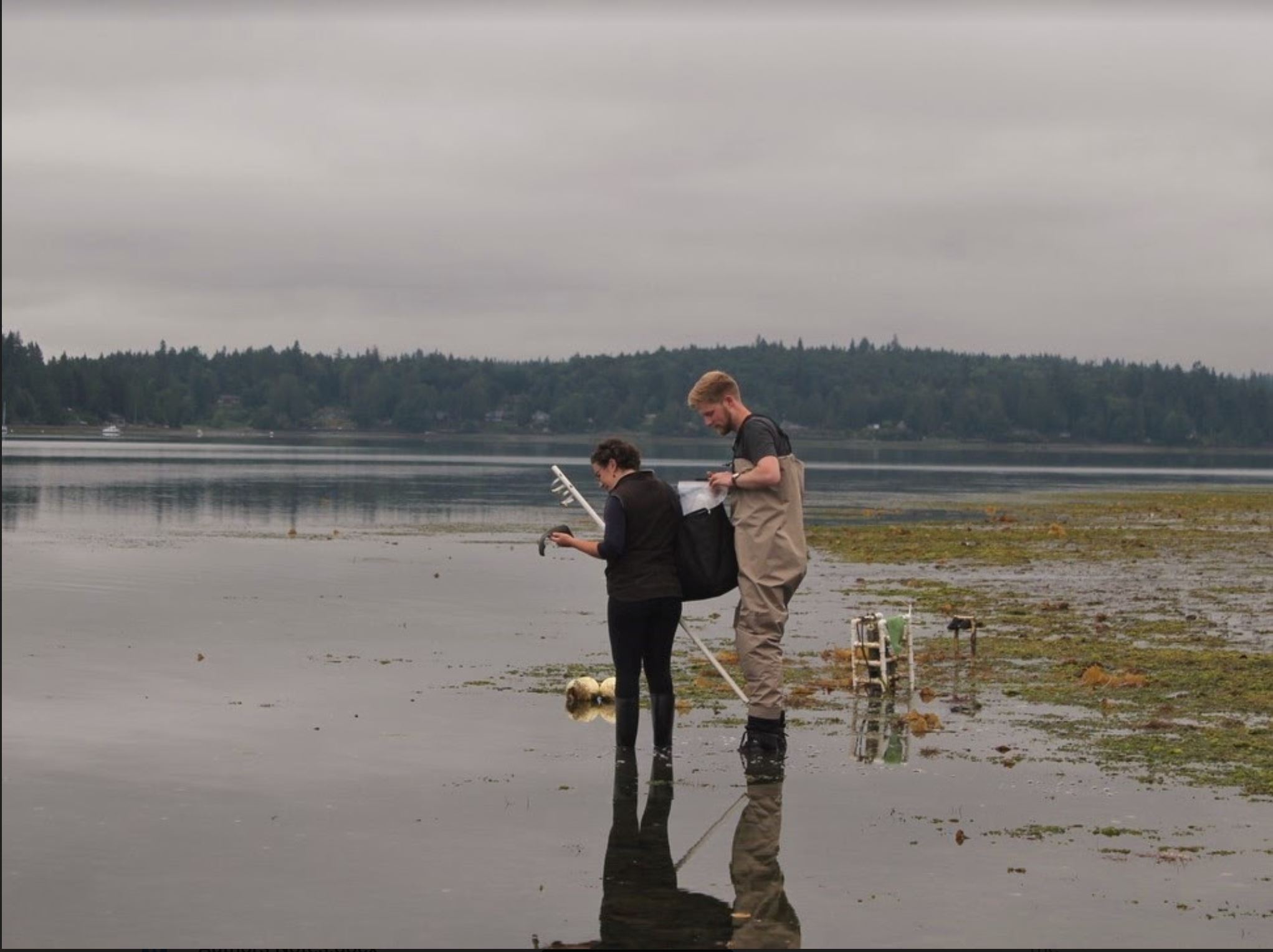
Puget Sound eelgrass beds create a ‘halo’ with fewer harmful algae, new method shows
Genetic clues show that eelgrass growing underwater along Puget Sound shorelines is associated with fewer of the single-celled algae that produce harmful toxins in shellfish. The evidence shows this effect extends 45 feet beyond the edge of the eelgrass bed.
Rutgers Cooperative Extension Offers “Earth Day at Home” Webinar Series
New Brunswick, N.J. (April 16, 2020) – In celebration of the 50th anniversary of Earth Day on April 22, Rutgers Cooperative Extension will offer an “Earth Day at Home” webinar series. The webinars, on Mondays from April 20 to June…
The Nose Knows: Study Establishes Airborne Exposure to Harmful Algal Blooms’ Toxins
There are no limits specific to airborne concentrations of microcystins (blue-green algae) or inhalation guidelines. Little is known about recreational and occupational exposure to these toxins. New research provides evidence of aerosol exposure to microcystins in coastal residents. Researchers detected microcystin in the nasal passages of 95 percent of the participants; some who reported no direct contact with impacted water. Results also showed higher concentrations among occupationally exposed individuals and demonstrated a relationship between nasal and water microcystin concentrations.
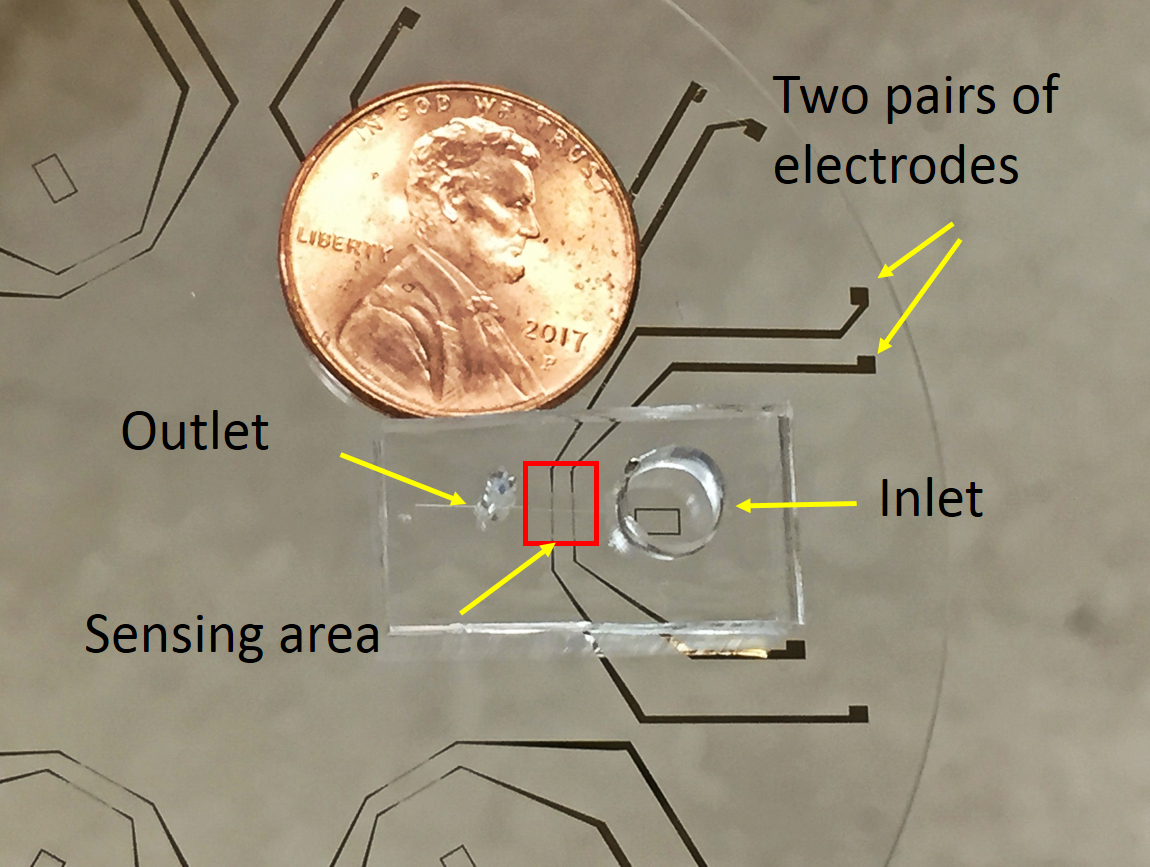
New Portable Tool Analyzes Microbes in the Environment
Imagine a device that could swiftly analyze microbes in oceans and other aquatic environments, revealing the health of these organisms – too tiny to be seen by the naked eye – and their response to threats to their ecosystems. Rutgers researchers have created just such a tool, a portable device that could be used to assess microbes, screen for antibiotic-resistant bacteria and analyze algae that live in coral reefs. Their work is published in the journal Scientific Reports.